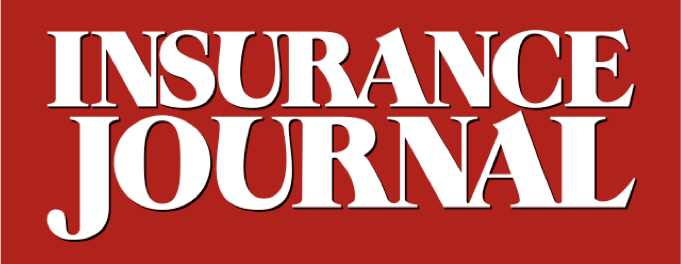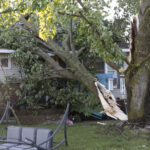A study conducted the Texas Real Estate Research Center at Texas A&M University following winter storm Uri revealed a widespread lack of homeowners insurance in the state.
The study shows households that are low-income, in nonmetropolitan areas, or without a mortgage are less likely to have homeowner’s insurance.
Researchers used U.S. Census Bureau data to estimate the number of uninsured Texas households. Approximately 26.6 percent of nonmetro homeowners reported as uninsured. Eleven percent of households in metropolitan areas with a principal city such as Austin, Dallas-Fort Worth, Houston, and San Antonio are uninsured. In metropolitan areas without a principal city, 10.2 percent do not have homeowner’s insurance.
“Metropolitan areas in the Rio Grande Valley and along the Texas coast have the highest percentages of uninsured households,” Joshua Roberson, senior data analyst said in a statement. “In McAllen, almost two out of five households are uninsured. Brownville is close behind with 34.9 percent. Despite being vulnerable to hurricane damages, one out of five homeowner households in Beaumont and Corpus Christi is uninsured.”
“Mortgage status plays an important role in determining the likelihood of having property insurance because mortgage contracts require a homeowner’s insurance policy,” said Research Economist Luis Torres. “The mortgage lender has a financial interest in the home, which is motive for requiring insurance.
“Only 4.1 percent of homeowner households with a mortgage are uninsured. This is in contrast to 26 percent for those who own their home free of debt.”
The study notes the relationship between having lower average income and being uninsured. Those who own their home free and clear of debt and are uninsured have incomes around $53,274 compared with $95,873 for those who own their home and are insured.
The smallest percentages of uninsured households can be found in Austin and Dallas-Fort Worth at 6.1 and 7.4 percent, respectively.
“Homeowners who don’t have a mortgage are generally characterized as seniors living in older homes, which are more susceptible to damage from extreme weather conditions,” said Torres.
“When one considers the link between household income levels and being uninsured, this raises important questions. Is homeowner’s insurance too expensive for households earning a lower income? Is the cost impeding them from protecting their homes from natural disasters?
“Identifying the location and characteristics of uninsured homeowners would enable the state to better allocate resources for home repairs following a natural disaster such as a freeze.”
For more, read “Storm Warning: Winter Blast a Harsh Reminder of Need for Homeowner’s Insurance” on the Texas Real Estate Research Center website .
Funded primarily by Texas real estate licensee fees, the Texas Real Estate Research Center was created by the state legislature to meet the needs of many audiences, including the real estate industry, instructors, researchers, and the public. The Center is part of Mays Business School at Texas A&M University.
Topics Texas Homeowners
Was this article valuable?
Here are more articles you may enjoy.


 Viewpoint: Agentic AI Is Coming to Insurance Industry – Much Faster Than You Think
Viewpoint: Agentic AI Is Coming to Insurance Industry – Much Faster Than You Think  One of Highest Property Claims Severity Recorded in Q3 on Low Volume, Says Verisk
One of Highest Property Claims Severity Recorded in Q3 on Low Volume, Says Verisk  Truckers Who Fail English Tests Are Pulled Off Roads in Crackdown
Truckers Who Fail English Tests Are Pulled Off Roads in Crackdown  In Alabama, Shot Employee Gets No Workers’ Comp and No Employer’s Liability
In Alabama, Shot Employee Gets No Workers’ Comp and No Employer’s Liability 

